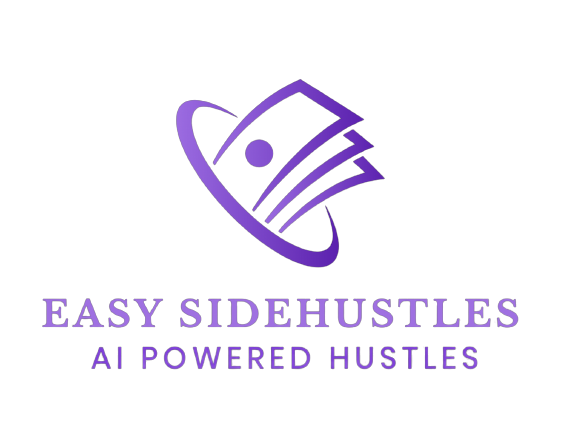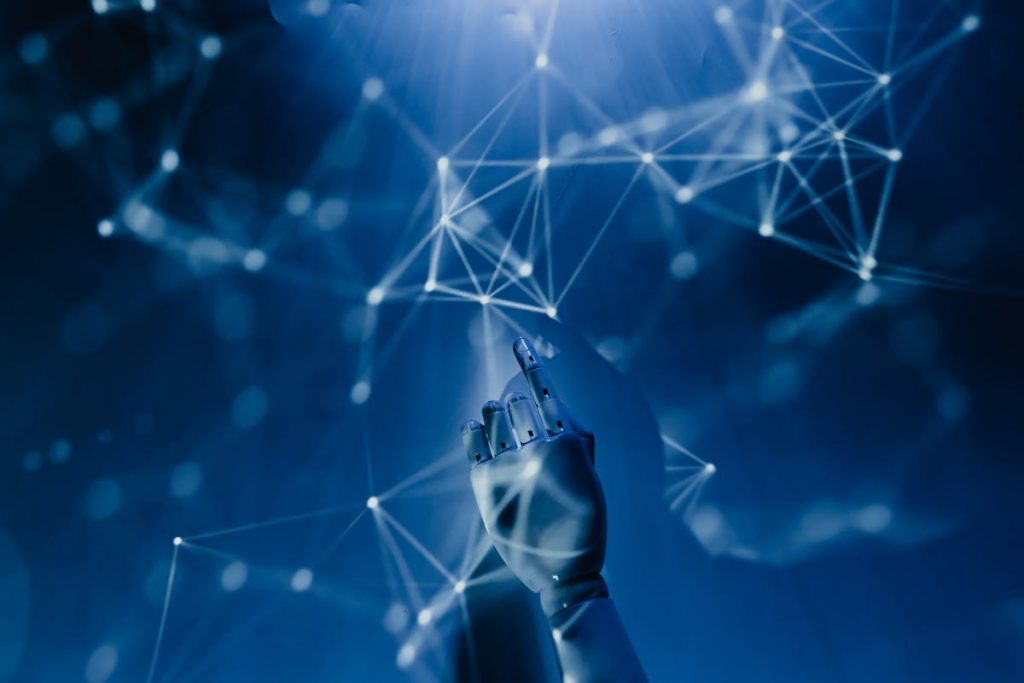Maximizing Efficiency and Innovation: AI Tools for Graphic Design
Introduction:
In today’s fast-paced digital world, time-saving techniques and innovative solutions are the key to success. Graphic designers are constantly looking for ways to enhance their productivity, streamline workflows, and create stunning designs in a fraction of the time. This is where Artificial Intelligence (AI) tools come into play. By harnessing the power of AI, designers can not only maximize efficiency but also unlock incredible creative potential. In this article, we will explore how AI tools can revolutionize the graphic design industry and provide valuable insights into how to use them effectively.
I. The Rise of AI in Graphic Design:
A. Understanding the role of AI in graphic design:
1. AI-powered automation: AI tools automate repetitive tasks, freeing up designers’ time.
2. Enhanced creativity: AI can generate design suggestions, inspiring designers with new ideas.
3. Data-driven decision making: AI tools can analyze large data sets, helping designers make informed design choices.
B. Popular AI tools for graphic design:
1. Adobe Sensei: Adobe’s AI platform offers features like automated image cropping and font recognition.
2. Canva: Canva utilizes AI to suggest design layouts and templates based on user preferences.
3. Piktochart: This tool uses AI to generate infographics, saving designers hours of manual work.
II. Streamlining Workflows with AI:
A. Faster image editing with AI:
1. Automated background removal: AI tools can seamlessly remove backgrounds from images, eliminating the need for manual editing.
2. Smart object recognition: AI can recognize and categorize objects, simplifying image organization and retrieval.
3. Photo enhancement: AI-powered image enhancement features can quickly improve the quality of visuals.
B. Generating design concepts:
1. AI-powered design suggestions: By analyzing design trends and user preferences, AI tools provide designers with new and innovative concepts.
2. Templates and layouts: AI-powered templates offer a great starting point for designers, saving time and effort.
3. Collaborative design tools: AI assists in real-time collaboration, allowing designers to work efficiently with team members across the globe.
III. The Impact of AI on Creativity:
A. Empowering designers with new possibilities:
1. Exploration of uncharted territories: AI tools inspire designers to experiment with unconventional styles and approaches.
2. Combining human and AI creativity: Designers can leverage AI tools to amplify their own creativity, resulting in unique and remarkable designs.
3. Enhancing design diversity: By analyzing vast amounts of design data, AI can help break creative barriers and promote inclusivity.
B. Ethical considerations in AI-enabled design:
1. Responsible design choices: Designers must carefully curate and guide AI-generated suggestions to ensure ethical and appropriate outcomes.
2. Balancing human touch: While AI tools can offer great suggestions, designers must retain their artistic judgment and personal touch.
3. Copyright and plagiarism concerns: Using AI tools for design should be accompanied by awareness of intellectual property rights and originality.
IV. Overcoming Challenges of AI Implementation:
A. Learning new skills:
1. Continuous learning: Designers need to stay updated with AI advancements and adapt to new tools and techniques.
2. Upskilling opportunities: Online courses and tutorials provide excellent resources for designers to enhance their AI proficiency.
B. Balancing automation and human touch:
1. Maintaining creative control: Designers should use AI tools as aids rather than replacing their expertise.
2. Finding the right balance: Identifying tasks where automation can significantly improve efficiency while preserving creative decision-making.
V. Conclusion:
AI tools have emerged as a game-changer in the graphic design industry, offering remarkable opportunities for efficiency, innovation, and creativity. By harnessing the power of AI, graphic designers can push boundaries, streamline workflows, and unleash their creative potential like never before. The rise of AI in graphic design is both exciting and challenging, requiring designers to continuously adapt, upskill, and navigate ethical considerations. As the integration of AI becomes more prominent, it is essential to embrace this transformative technology while preserving the core human touch that defines extraordinary design. So, let’s embark upon this AI-powered journey and revolutionize our graphic design workflows for a more remarkable and efficient future.
References:
– Adobe Sensei. (n.d.). Retrieved from https://www.adobe.com/sensei.html
– Canva. (n.d.). Retrieved from https://www.canva.com/
– Piktochart. (n.d.). Retrieved from https://piktochart.com/


